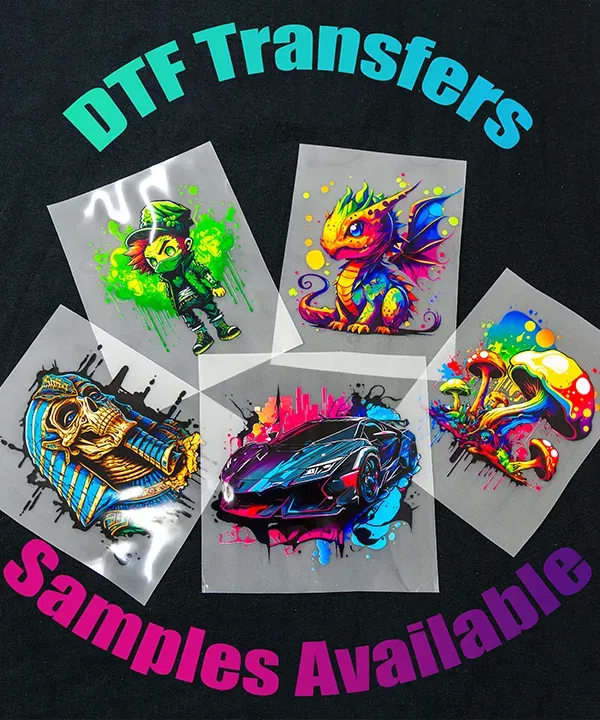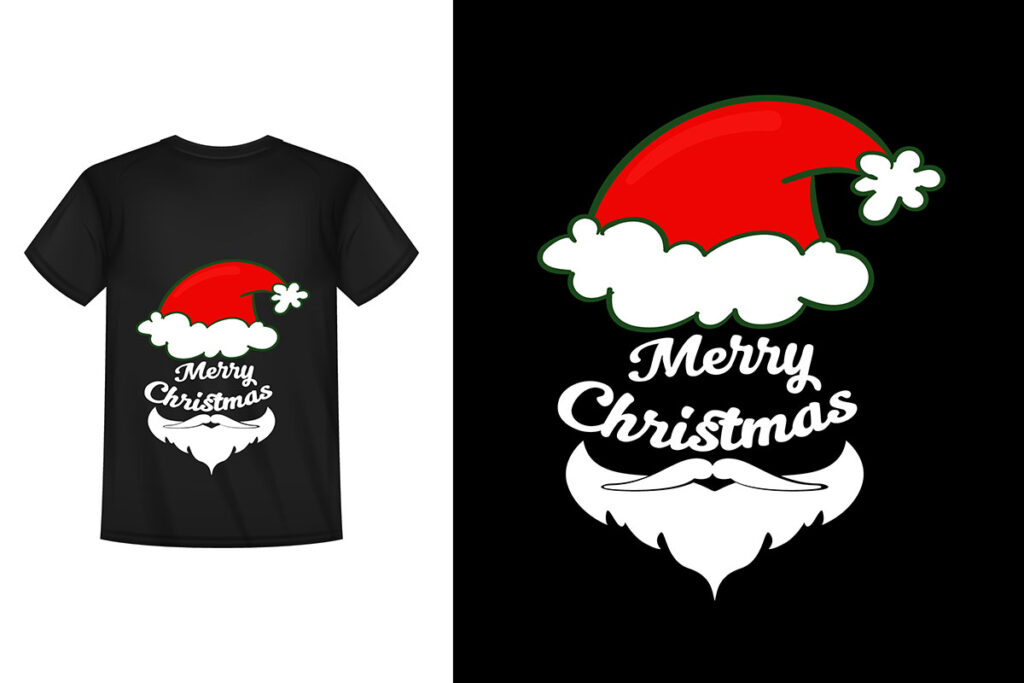DTF transfers, short for Direct to Film transfers, are revolutionizing the way custom apparel is produced. This innovative printing process enables businesses to print high-quality, vibrant designs directly onto various fabrics, setting them apart in a crowded marketplace. Understanding the DTF printing process is crucial for any entrepreneur looking to harness its potential. With the right DTF transfer equipment and techniques, you can easily create stunning pieces that captivate your audience. Join us on this exciting journey as we explore how to do DTF transfers, ensuring you master this art and elevate your business to new heights.
In the realm of custom fabric printing, Direct to Film (DTF) transfer technology has emerged as a game changer. This state-of-the-art technique, often referred to as DTF printing, offers an efficient way for businesses to produce intricate and colorful designs on textiles. By utilizing specialized DTF transfer materials and processes, entrepreneurs can meet diverse design needs, all while ensuring high durability and quality. As you delve deeper into the mechanisms of mastering this cutting-edge printing solution, you will discover lucrative opportunities to enhance your product line. Explore the nuances of this method, and learn how to fully leverage the benefits it brings to your creative endeavors.
How to Do DTF Transfers: A Comprehensive Overview
DTF transfers are revolutionizing the world of custom apparel, making it easier for businesses to create stunning designs with vibrant colors and intricate details. To successfully execute DTF transfers, it is essential to understand the specific steps involved in the process. This involves preparing high-quality graphic designs using software like Adobe Illustrator, ensuring that all the artwork is optimized for printing. The design must be printed onto DTF film using compatible inks, ensuring a flawless base for your creative output.
Another critical component of how to do DTF transfers efficiently is to apply the adhesive after printing. The adhesive powder allows the vibrant inks to bond effectively with various fabrics, ensuring durability and longevity of the prints. Following the steps precisely—from printing to curing and transferring—will yield high-quality results that can greatly benefit your custom apparel business.
The DTF Printing Process Explained
Understanding the DTF printing process is crucial for any apparel business looking to thrive in a competitive market. The process begins with design preparation, where creativity meets technology to produce high-resolution graphics that can be transferred onto a variety of fabrics. Next, loading the DTF film into a compatible inkjet printer is mandatory to ensure the inks deliver the desired results. This step is pivotal as it sets the stage for a brilliant final product that captures attention and meets customer expectations.
After printing the design in reverse on the film, applying the adhesive powder while the ink is still wet is critical. This ensures that the ink adheres solidly during the transfer. The film is then cured using a heat press, which solidifies the bond between ink and adhesive. Each step demands precision and an understanding of how heat and pressure influence the final product, making it paramount for businesses that wish to deliver exceptionally high-quality prints.
Essential DTF Transfer Equipment You Need
To embark on your DTF transfer journey, investing in the right equipment is essential. The heart of your operation will be an inkjet printer designed to handle DTF inks, which are specially formulated to withstand the intricacies of printing on films. Alongside the printer, high-quality DTF transfer film is a non-negotiable; its clarity and adhesive properties significantly impact the print quality and overall appearance. Without the right materials, the potential of DTF printing cannot be fully realized.
Additionally, having DTF adhesive powder and a reliable heat press is critical for production efficiency. The powder ensures a strong bond between the design and the fabric, while the heat press guarantees uniform temperature and pressure—two key factors that affect the final output. By having these essential pieces of equipment, businesses can streamline their operations and enhance their product offerings effectively.
Mastering Custom DTF Printing Techniques
Custom DTF printing not only allows for endless design possibilities but also enables businesses to cater specifically to customer preferences. By mastering the nuances of custom DTF printing techniques, such as color management and material selection, companies can create unique, personalized items that stand out in the market. It is essential to stay current with design trends and incorporate varying fabric types to expand product offerings.
Moreover, businesses that utilize advanced custom DTF printing techniques can also adopt a branding strategy that helps enhance their visibility. This includes creating promotional pieces that showcase the vibrancy and durability of DTF transfers, attracting new customers by demonstrating the potential of personalized designs. Continuous experimentation and key insights into customer behavior can turn mastering custom DTF printing into a significant revenue source.
Caring for Your DTF Transfers: Post-Transfer Guidelines
After executing successful DTF transfers, providing proper care for the printed garments is vital to maintain quality and longevity. It’s crucial to inform customers about proper washing instructions, which often recommend turning the garments inside out and washing them in cold water. This simple tip can go a long way in protecting the vibrant prints from fading or cracking while ensuring their durability for everyday wear.
In addition to washing guidelines, advising customers on how to store their printed garments can also extend the life of DTF prints. Suggesting that they hang or fold their clothes neatly, avoiding harsh direct sunlight, will contribute to maintaining their garments’ appearance. By emphasizing care and maintenance practices, businesses can foster customer loyalty, leading to repeat purchases and positive word-of-mouth.
Recent Developments and Innovations in DTF Technology
As of late 2023, DTF technology has witnessed significant advancements, adapting to meet the ever-growing demands of the custom apparel industry. New printing equipment, innovations in ink formulations, and enhancements in adhesive properties are streamlining the production process, allowing for higher resolution prints and greater versatility across various fabric types. It’s important for businesses to stay updated on these developments to enhance their product offerings.
Moreover, the rising popularity of eco-friendly practices has led to the introduction of sustainable inks and films in the DTF printing process. Adopting these innovations not only meets consumer demand for sustainable solutions but can also position a brand favorably among environmentally-conscious shoppers. By embracing recent developments in DTF technology, businesses can ensure they remain competitive and responsive to shifting market trends.
Frequently Asked Questions
What is the DTF printing process and how does it work?
The DTF (Direct to Film) printing process involves printing a design onto a specialized film, applying an adhesive powder, and using a heat press to transfer the design onto fabric. It allows for vibrant and detailed prints on a variety of materials, including cotton and polyester.
What equipment do I need for DTF transfers?
To start with DTF transfers, you will need a compatible inkjet printer, high-quality DTF transfer film, DTF adhesive powder, and a reliable heat press. Each piece of equipment plays a crucial role in ensuring the successful application of your designs.
How can I create custom DTF printing designs?
Creating custom DTF printing designs involves using graphic design software like Adobe Illustrator or CorelDRAW to prepare your artwork. Ensure your design is the correct size and has a high resolution for the best transfer quality.
What are the steps to perform DTF transfers accurately?
The steps to perform DTF transfers include preparing your design, printing it onto DTF film, applying adhesive powder, curing the adhesive, and finally transferring the design to the fabric using a heat press. Each step is vital for achieving high-quality results.
What are the benefits of using DTF transfers in custom apparel?
DTF transfers offer several benefits, including versatility to print on various materials, vibrant colors, cost-effectiveness with minimal ink waste, and durability of prints that resist cracking and fading, making them ideal for custom apparel businesses.
How do I ensure quality control in my DTF transfer prints?
To ensure quality control in DTF transfers, regularly inspect your prints for adhesion and color accuracy, use calibrated color profiles for consistency, and stay updated with market trends to meet customer preferences effectively.
| Step | Description |
|---|---|
| 1 | Preparation of Files: Create a high-resolution design using graphic design software. |
| 2 | The Printing Process: Load the DTF film, print in reverse with DTF-specific inks. |
| 3 | Applying Adhesive: Sprinkle adhesive powder over the wet print to ensure bond strength. |
| 4 | Curing the Adhesive: Use heat press to cure adhesive before transferring. |
| 5 | The Transfer Process: Position the cured film on fabric and apply heat and pressure. |
| 6 | Post-Transfer Care: Allow cooling and provide washing instructions for longevity. |
Summary
DTF transfers are revolutionizing the custom apparel industry by providing businesses with a powerful method for creating vibrant and durable prints. This step-by-step guide highlights the crucial aspects of mastering DTF transfers, including the necessary equipment, preparation, and process steps. By integrating DTF technology, businesses can significantly enhance their product offerings, appeal to customer preferences, and maintain a competitive edge in the market. Continuously adapting to trends and focusing on quality will position your business for success in the ever-evolving landscape of custom apparel.



